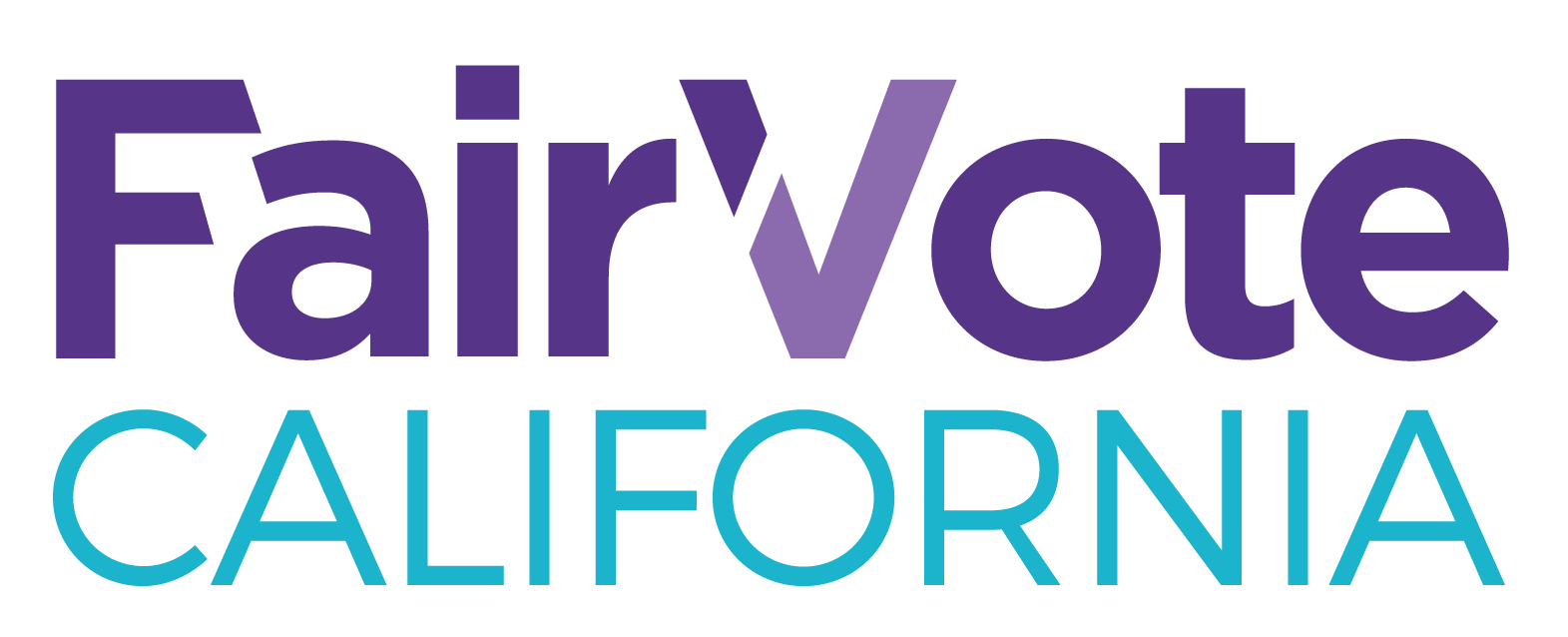FOR IMMEDIATE RELEASE
November 10, 2016
FOR INFORMATION, CONTACT:
California: Pedro Hernandez, Deputy Director, FairVote California
(415) 613-2363 / [email protected]
National: Michelle C. Whittaker, Director of Communications, FairVote
(301) 270-1238 / (301) 270-4616 / [email protected]
Bay Area Ranked Choice Voting Elections Analysis
Strong showing of voters embracing ranked choice voting, majority winners determined with broad support
San Francisco, CA — Voters used ranked ballots in twelve (12) competitive races featuring more than two candidates in San Francisco, Berkeley, and Oakland. FairVote California’s (FVCA) early analysis of the results shows advantages for candidates that actively campaigned for second and third choice support from voters. The four Bay Area cities with ranked choice voting continue to have among the most diverse representatives in the nation, with new winners including Jesse Arreguin becoming the first Latino mayor of Berkeley with a 59% to 41% win in the final instant runoff in an eight-candidate race.
Ranked choice voting (RCV) allows voters to rank their candidates in order of their true preference and gives voters the power to elect leaders that represent the will of the majority. Seven races led to an instant runoff to eliminate last-place finishers and count second- and third-choices for supporters of eliminated candidates. “Under ranked choice voting, door-to-door, face-to-face interaction and coalition building matters,” said Jennifer Pae, FairVote California Director.
“In these initial counts we are seeing strong use of rankings, which is a positive indicator that voters are utilizing the greater choice available to them,” stated Pedro Hernandez, FairVote California Deputy Director. “With ranked choice voting, voters do not have to fear that a vote for their true preference will split the vote and allow a spoiler candidate to win.”
Below are results based on initial ballot counts. Vote by mail (VBM) and provisional ballots are still being counted.
In San Francisco, 3 (three) Supervisor races were determined by ranked choice voting:
- District 1 seat had ten (10) candidates with Sandra Lee Fewer leading with 51.96% in the final instant runoff against her top opponent.
- District 7 seat had five (5) candidates with incumbent Norman Yee leading in first choice support. Yee is headed toward victory with gains in second or third choice and 57.40% of the vote int the final round.
- District 11 had five (5) candidates with Ahsha Safai earning 38.80% in first choice support, and heading toward victory with 53.05%.
In Berkeley, there were four (4) elections determined by ranked choice voting, including the high-profile mayoral race.
- The race for mayor featured eight (8) candidates running with Jesse Arreguin earned a greater number of second and third choice to secure a final instant runoff landslide victory of 59.1% against two opponents as reported on the Alameda County website.
- Berkeley city council candidates Ben Bartlett (District 3) and Susan Wengraf (District 6) were able to secure a majority in the first round.
- Earlier results show Cheryl Davila taking a come-from-behind lead with 50.58% in District 2; however, ballots are still being counted in this very tight race.
In Oakland, featured competitive races for city council and school board:
- Rebecca Kaplan appears to have secured a victory against four (4) candidates earning a majority (53.29%) of first choices in the At-Large City Council race.
- Larry Reid is leading in the District 7 City Council race with 55.88% votes in the first round.
- School board incumbents Jumoke Hinton Hodge (District 3) and Roseann Torres (District 5) secured majority wins (54.88% and 52.66%, respectively) competitive races against three other candidates.
Full details and updated results for San Francisco, Berkeley and Oakland are available at http://www.fairvoteca.org/blog. FairVote California provided online and distributed over 2,000 printable multilingual handouts on how ranked ballot works and campaign strategies for candidates.
Ranked choice voting is used in 12 cities across the United States. On November 8, Maine became the first state to adopted ranked choice voting statewide. A ranked choice voting measure also passed in Benton County, Oregon with strong support.
“This is historic,” said Pae. “With the first state passage of ranked choice voting, we are optimistic about future plans in California and across the country to ensure voters have a fair election system that will result in better representation.”
About FairVote California: FairVote California, a project of FairVote, is a nonpartisan organization that advocates for electoral solutions that give voters more voice and greater choice.
###

Be the first to comment
Sign in with
Facebook Twitter